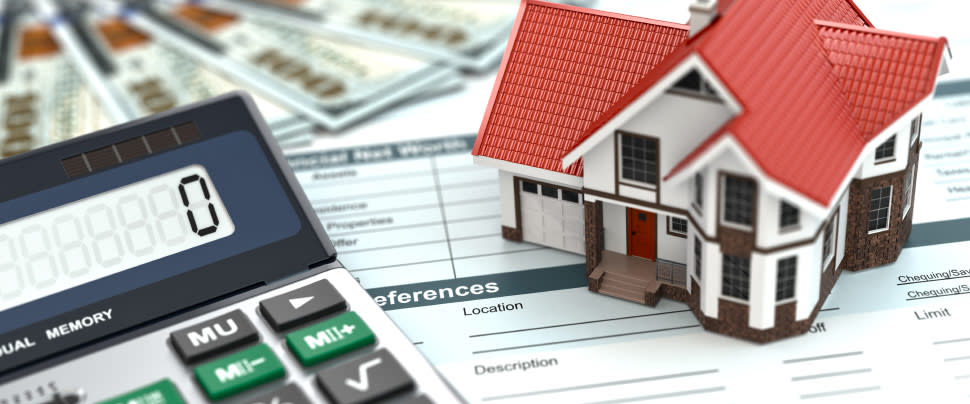Homeownership beyond a third of younger adults through lack of capital

- Housing Market
Almost a third of younger adults between the ages of 18 and 35 looking to buy a house expect that this will be beyond them for the next two years. They report that they do not have any capital of their own to pay the additional costs of buying a house. This is the finding from a survey that ABN AMRO conducted among younger adults between the ages of 18 and 35 who are seriously considering buying a house. Maximums for home loans are falling year by year and in many cases the mortgage does not leave enough room for additional costs such as the fees of civil-law notaries and estate agents. One solution is to ask parents for financial assistance: more than a third of younger adults say that they have asked their parents for money.
The willingness among parents to help out financially is much greater than the demand from their children. Half of parents say that they would certainly be prepared lend or give money if their children asked. Another 30% say that they would at least consider helping their children out financially. Among those who will not help their children, lack of funds is given as the reason by almost 75%. Where younger adults ask for financial assistance, they almost always turn to their parents: only 2% ask other relatives, friends or acquaintances.
Younger adults hit hardest
Economist Philip Bokeloh of ABN AMRO explains, ‘The stricter mortgage rules are hitting younger adults hardest. They haven’t had as much time to build up capital, and that makes it harder to buy a house. This group can’t always benefit from the low mortgage interest. With mortgage interest so low, home sales are rising explosively, yet younger adults below the age of 35 make up an ever-shrinking proportion of buyers. In 2010 60% of the total homes sold were bought by this group. Since then this number has dropped to less than half.’
New mortgage rules
New and stricter mortgages rules were introduced in 2015, and the maximum values for home loans are being forced down. In 2016 the maximum mortgage amount is 102% of the value of the house. Buyers can no longer use their mortgage to cover all the costs of the purchase, such as property transfer tax and notarial fees. In 2018 the maximum will be lowered to 100%. This means that buyers need to pay these costs out of their own pocket. Three quarters of almost 1500 respondents is aware of these new rules.